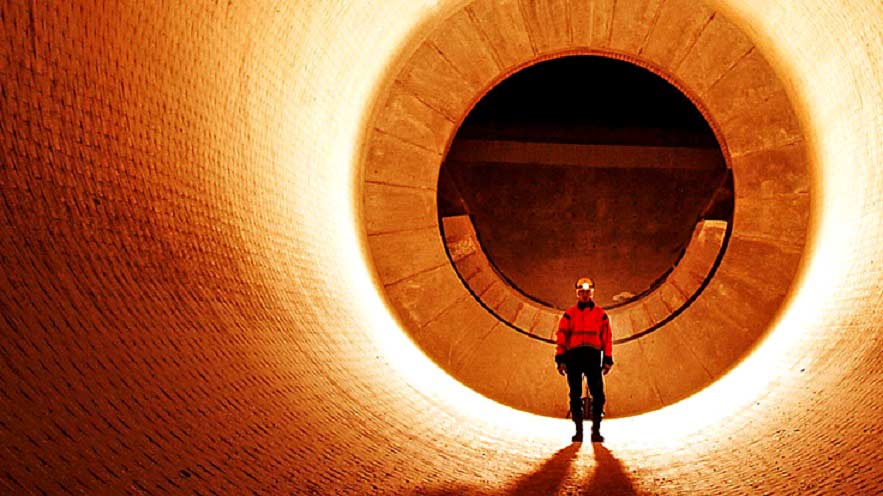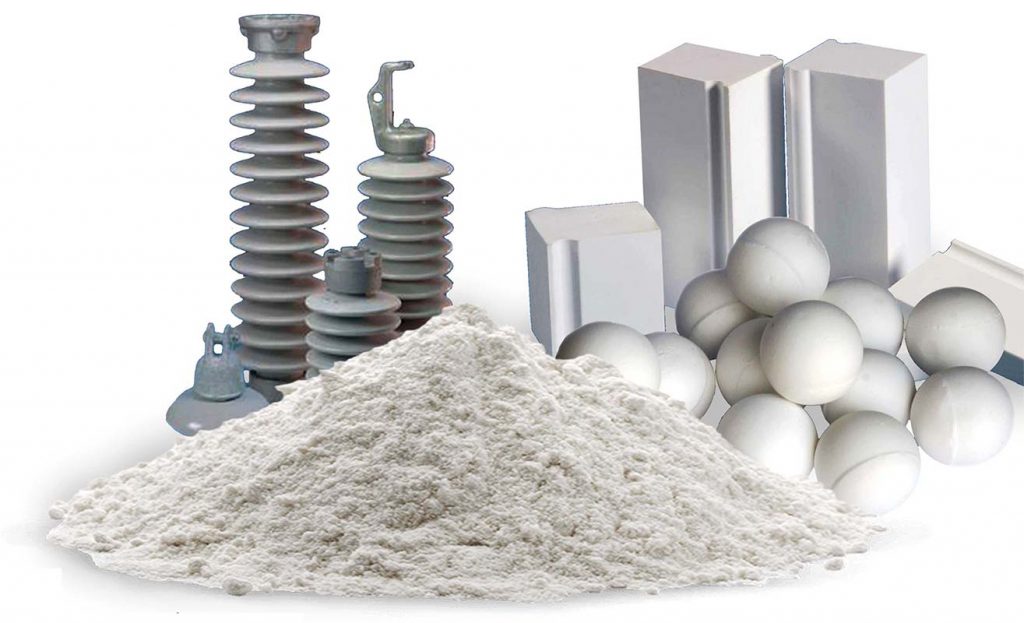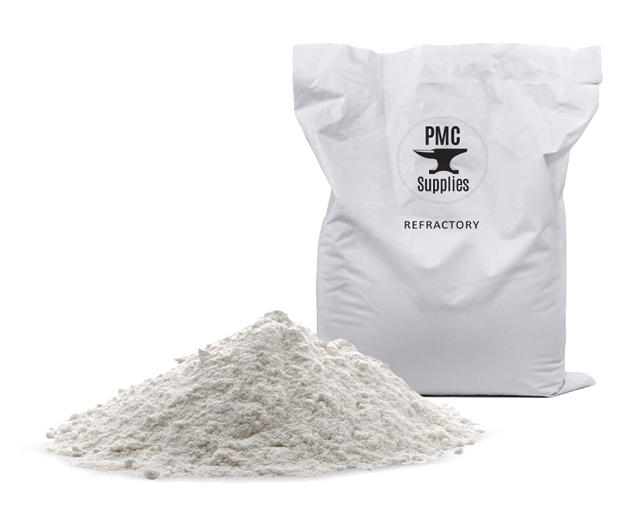Refractories
In general, products that are used at high temperatures (more than 600 degrees Celsius) in various devices, furnaces and industries can be described as refractories. It is obvious that the importance of refractories is not only in their thermal stability but also their physical and chemical stability against the destructive effects of the high-temperature environment. For example, the melting point of a refractory may be around 2000 degrees Celsius, but it cannot last for a long time against the effect of abrasion or corrosion of materials or hot gases. In other words, refractories are materials with a high melting point that are able to maintain chemical, physical, mechanical and thermomechanical properties (bending, abrasion, thermal shock, etc.) in practical conditions and at high temperatures.


These materials must have characteristics that are considered quality control parameters. Features such as texture, maximum operating temperature, heat transfer coefficient, strength, electrical conductivity, stability and corrosion resistance are the factors that cause the selection of a mineral material as a refractory. This means that a refractory is resistant to loading, wear, pressure, thermal shock and corrosion, and during the entire process, the chemical composition remains constant. All these characteristics make the refractory material an important and strategic product in the industry. growth and development will not be possible without having refractories due to their widespread use and the strong dependence of various industries on them, especially in infrastructure industries such as steel, cement, aluminum, copper and glass industries.
The materials of industrial refractories are usually based on main oxides (SiO2, Al2O3, MgO, CaO, Cr2O3 and ZrO2). Aluminum oxide (Al2O3) or alumina is a very important part of refractory materials. What justifies the use of alumina in refractory industries are the excellent and unique factors and properties that these particles provide. The most important features of alumina structures are introduced as follows: Uniformity and chemical purity, Homogeneous distribution of particles, Suitable porosity, high resistance, creating rheological properties in refractory materials, Excellent thermal stability, Strength against harsh conditions, Stain resistance and Resistant to wear and corrosion.
ALPHA offers different grades of calcined and reactive alumina with various particle size distributions, soda content and specific surface area suitable for use as different types of refractory material.
High-quality raw materials and precision in production result in refractory material with a long lifetime.
ALPHA

